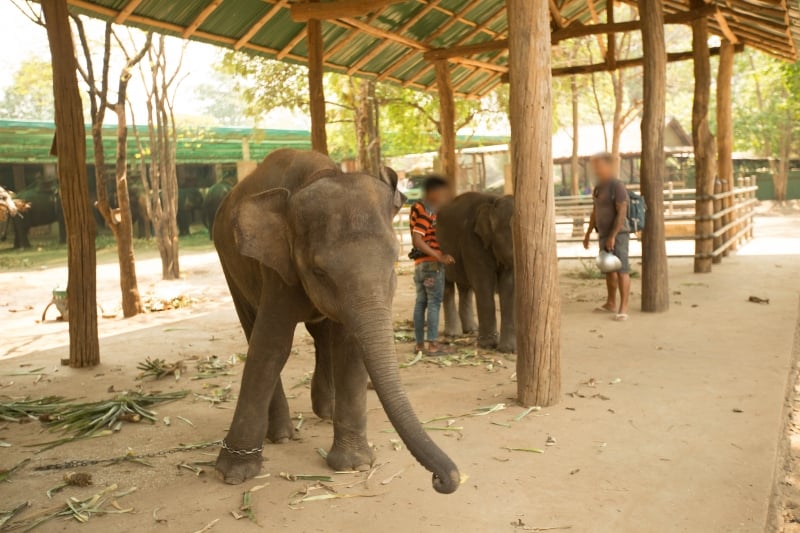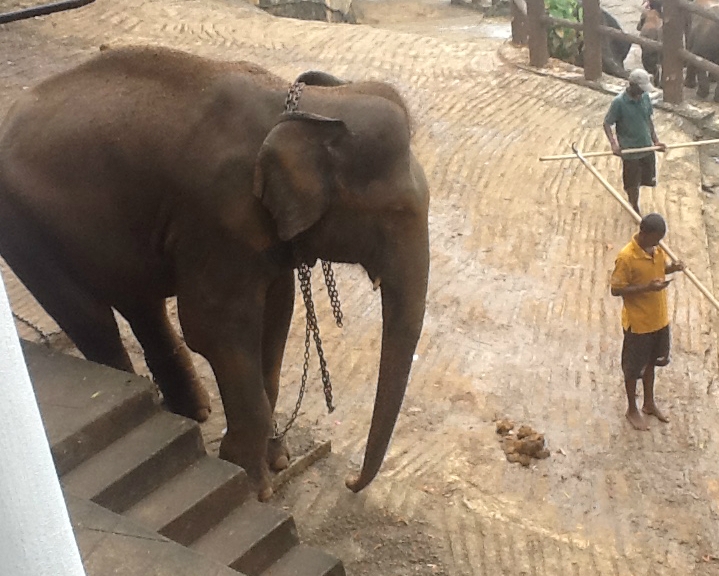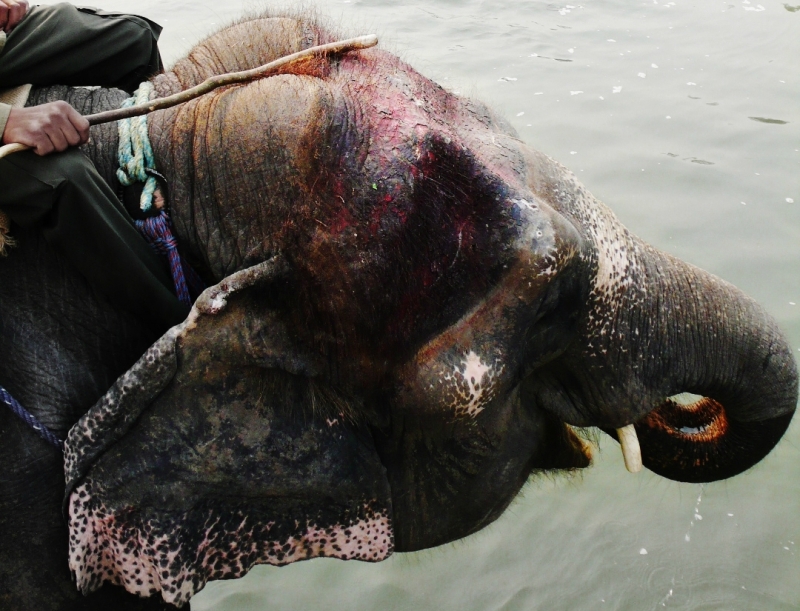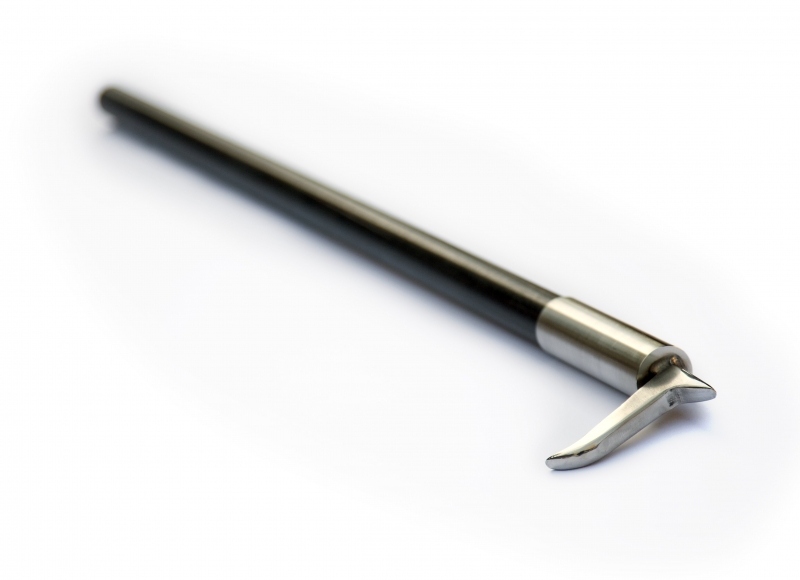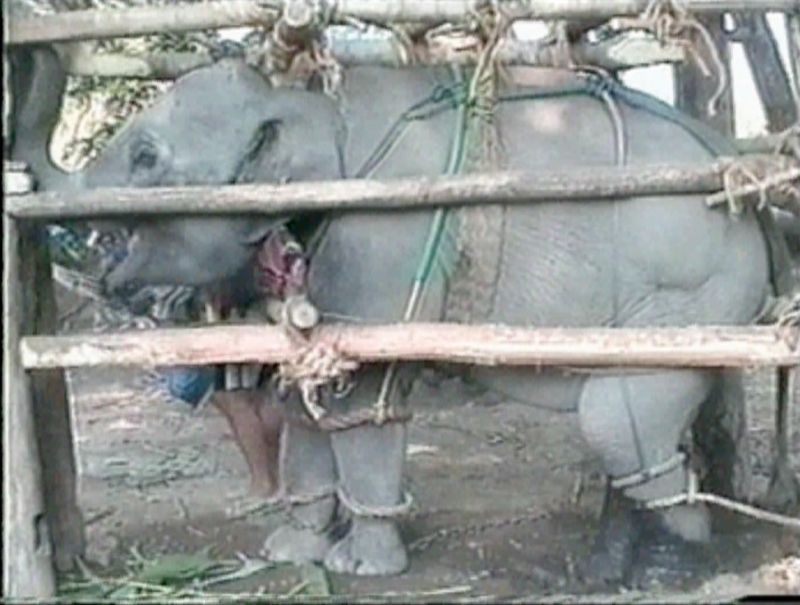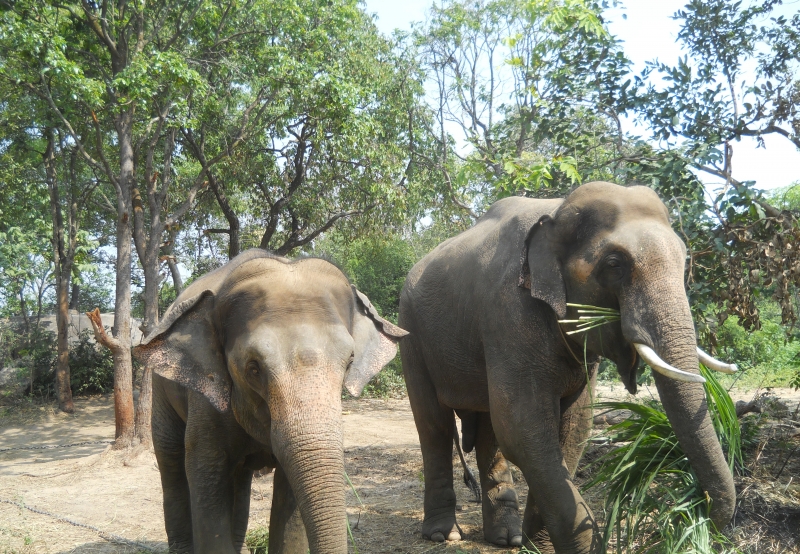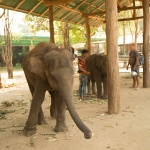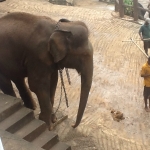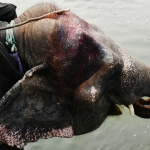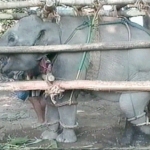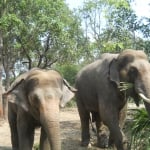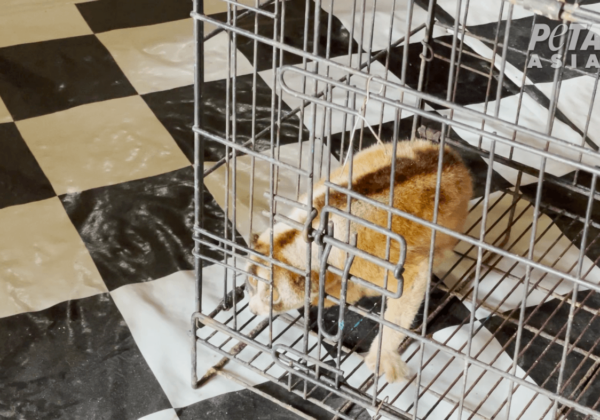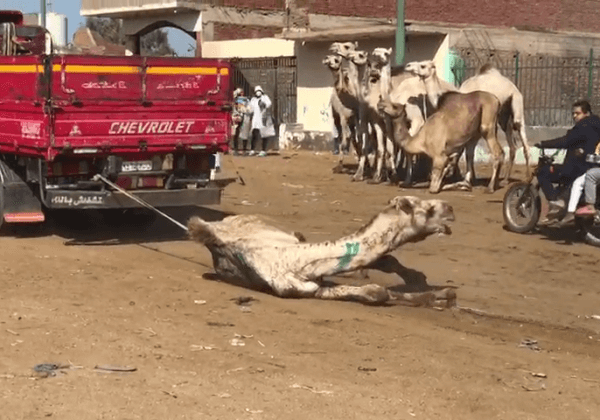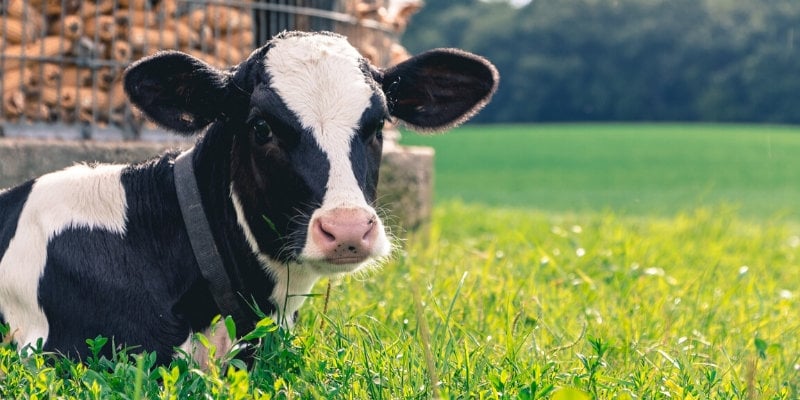The Cruel Captive Elephant Industry
Behind the exotic façade of elephant tourism is a world of merciless beatings, broken spirits, and lifelong deprivation. Once revered, elephants in Thailand today are treated like slaves.
Of the approximately 45,000 Asian elephants left in the world, 3,000 to 4,000 are held captive in Thailand. They have been torn from their jungle homes to be sold like equipment and made to beg in the streets, haul illegal logs, or entertain tourists.
Tourism’s Dark Secret
Every year, tourists flock to Thailand and snap pictures with cute baby elephants or take an elephant ride. Some facilities make elephants paint pictures or perform circus-style tricks. What many people aren’t aware of—and what the industry tries hard to hide—is the dark and ugly existences that these elephants endure in order to provide them with such an experience.
In the wild, elephants—who are highly social and intelligent animals—spend their days playing, swimming, foraging, exploring, and communicating with other elephants in their herd. They travel as far as 50 kilometers per day and are active for up to 18 hours a day. But elephants in trekking camps, zoos, and shows are deprived of all that is natural and important to them.
Contrary to misleading and false claims made by those who exploit them, elephants used in the tourist trade are not domesticated and very few have been “rescued.” Elephants exploited by the tourism industry are captive wild animals who have been beaten into submission and controlled through domination and fear.
Battered and Broken
Most elephants captured in the wild are taken from Myanmar, where traffickers use elephants who have been previously broken to corral herds of free elephants into pit traps. Mothers and aunts, who desperately try to protect the youngsters, may be shot, and the more profitable babies are taken to clandestine locations.
Whether stolen from the wild or born into captivity, elephants endure unimaginable abuse for the lucrative Thai tourism trade. Baby elephants have their minds, bodies, and spirits systematically “broken” through a barbaric process called phajaan. Still-nursing baby elephants are dragged from their mothers, kicking and screaming. They are immobilized, beaten mercilessly, and gouged with nails for days at a time. These ritualized “training” sessions leave the elephants badly injured and traumatized. Some don’t survive.
Once their spirits have been crushed, these elephants spend the rest of their lives in servitude and chains. They spend their days lugging loads of tourists on their backs, often in sweltering temperatures. They are routinely beaten with bullhooks—metal rods with a sharp hook on one end—and often denied adequate food and water. The elephants are often worked to the point of exhaustion, and many develop pressure sores and suffer from painful problems with their sensitive feet.
While Thailand is the hot spot for this barbaric industry, elephants throughout Southeast Asia endure a similarly miserable fate. Elephants are traded, tortured, and imprisoned for rides in Vietnam, Laos, Myanmar, and Cambodia.
Cruelty-Free Tourism
There are a number of ways to experience these magnificent animals that don’t involve cruelty. Support sanctuaries and organizations like Boon Lott’s Elephant Sanctuary, where former captive elephants are cared for and rehabilitated. Instead of hurting elephants by paying for a ride, you can meet the gentle giants and hear the heartwarming stories of their rescues.
What You Can Do
Tourists’ money drives this cruel trade. Never visit elephant camps or take elephant rides, and only visit accredited sanctuaries. Tell friends and family about the realities of the elephant tourism trade, and urge everyone you know to stay away from “attractions” that fuel the industry that trades, tortures, and imprisons elephants.

